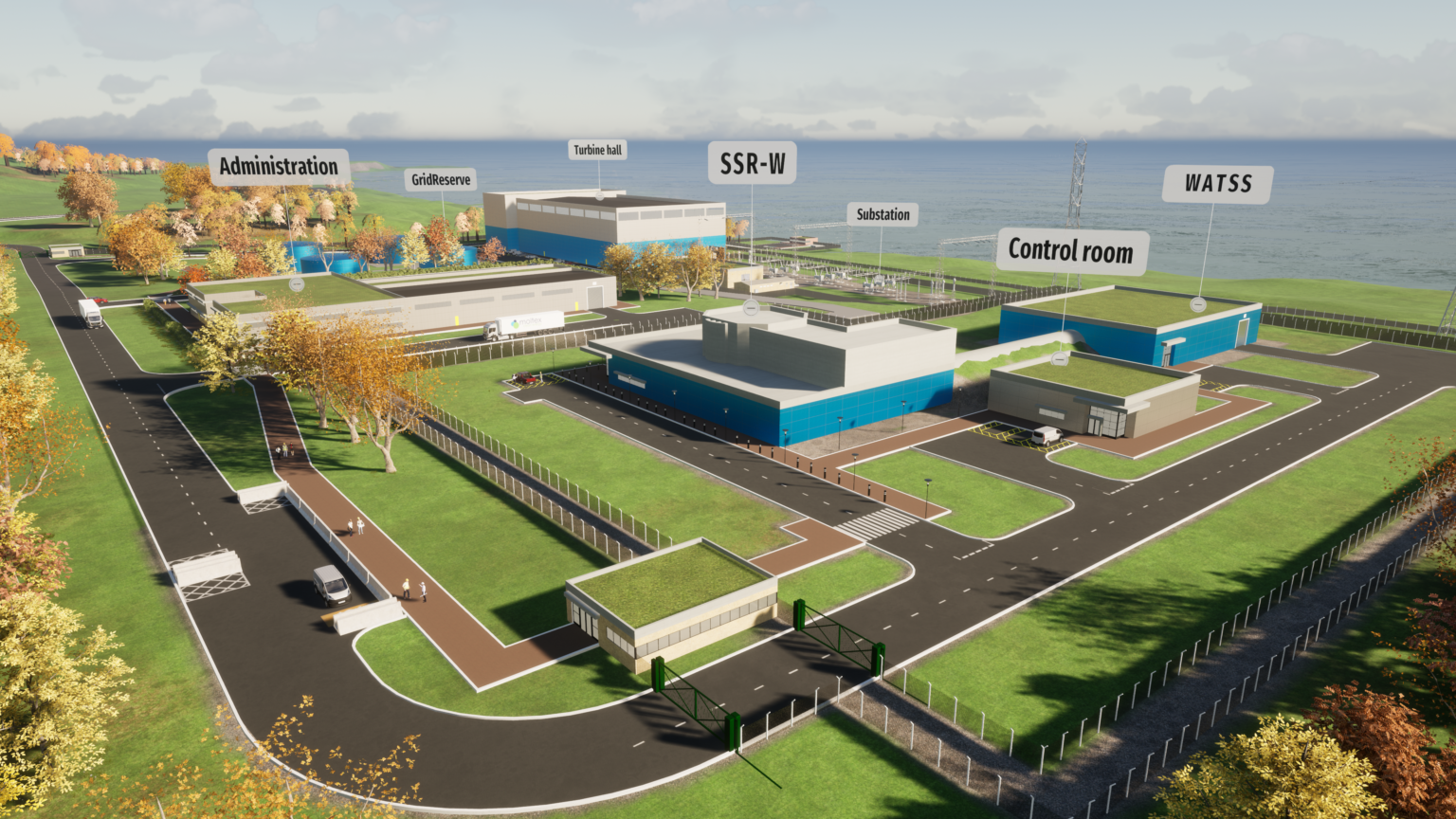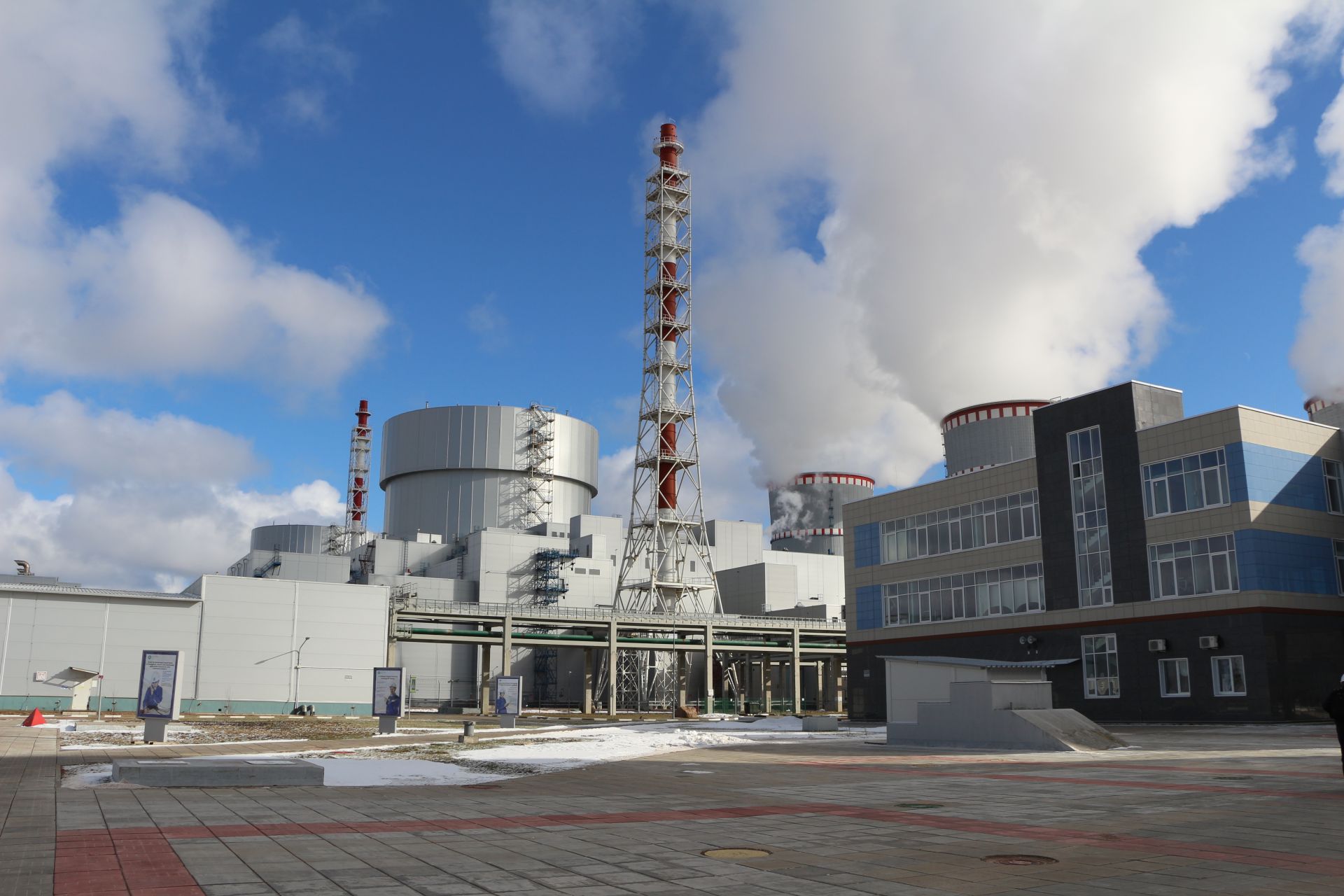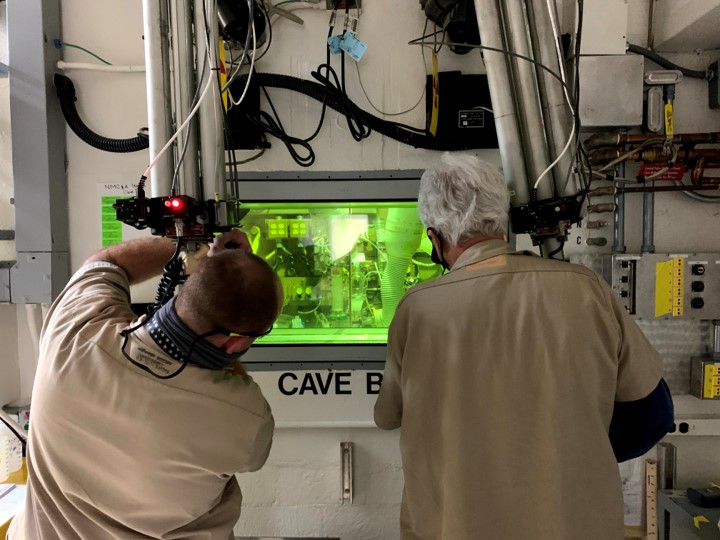Senate bill introduced to combat global energy poverty

Barrasso
Sen. John Barrasso (R., Wyo.), the ranking member of the Senate’s Energy and Natural Resources Committee, earlier this month introduced legislation, the Combating Global Poverty Through Energy Development Act (S. 758), which aims at removing barriers put up by international financial institutions that limit support for both fossil fuel and nuclear energy projects.
“Developing countries desperately need affordable and reliable energy,” said Barrasso. “Instead of using all available energy options, the World Bank would rather score political points by boycotting critical coal, oil and gas projects. The solution to ending energy poverty does not lie in limiting options. Our bill will encourage the World Bank to eliminate barriers to traditional energy resources, or risk losing American taxpayer funding.”
The bill is cosponsored by Sens. Cynthia Lummis (R., Wyo.), Cindy Hyde-Smith (R., Miss.), Ted Cruz (R., Texas), John Hoeven (R., N.D.), Bill Hagerty (R., Tenn.), John Cornyn (R., Texas), and Jim Inhofe (R., Okla.).



 The Gateway for Accelerated Innovation in Nuclear (GAIN) announced that three nuclear technology companies—Radiant, Oklo, and Lightbridge—will receive GAIN nuclear energy vouchers to accelerate the innovation and application of advanced nuclear technologies.
The Gateway for Accelerated Innovation in Nuclear (GAIN) announced that three nuclear technology companies—Radiant, Oklo, and Lightbridge—will receive GAIN nuclear energy vouchers to accelerate the innovation and application of advanced nuclear technologies. 











